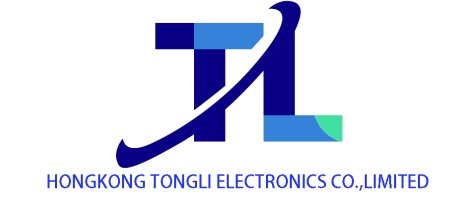Recovery and Price Hikes in the Global Storage Chip Market
The global storage chip market is witnessing a significant recovery with continuous price increases. Samsung and SK Hynix have both stepped up their DRAM wafer investments, and supply is expected to remain tight from the second half of this year to next year. By the end of the third quarter, Samsung’s investment volume reached 1.93 million wafers, a 5% increase compared to the first quarter. The production capacity of its Pyeongtaek plant is likely to hit a peak in the fourth quarter and is expected to exceed 2 million wafers per quarter next year. SK Hynix maintains a stable quarterly investment volume of around 1.5 million wafers, which will approach its maximum capacity of 1.6 million wafers within this year. However, its expansion pace lags behind Samsung due to land constraints.
A portion of production capacity has shifted to High-Bandwidth Memory (HBM), leading to a surge in the prices of general-purpose DRAM. In August, the price of PC-grade DDR4 8Gb DRAM rose by 46.15% month-on-month, with an increase of over 400% in the five months since the end of March. The extremely low inventory of DDR5 has further pushed up prices. Driven by AI demand, HBM orders have increased significantly, and some packaging and testing factories have orders scheduled until next year. Although the current quotation is at a low level, it is expected to rise along with the increase in contract prices. The US cloud service provider CoreWeave signed a $6.3 billion AI computing contract with NVIDIA, which has further strengthened the expectation for memory demand.
Institutions are optimistic about the prospects of leading storage companies. The target price of SK Hynix has been raised from 340,000 won to 460,000 won (an increase of 35%), and its operating profit expectations for this year and next have been raised by 3.8% and 35.9% respectively. Samsung’s target price has been increased to 110,000 won, and its net profit for this year and next is expected to reach 34 trillion won and 52 trillion won, with year-on-year growth of 16.1% and 24.4% respectively. Samsung is expected to gain an advantage in the HBM4 field through 1c DRAM and 4nm logic chip technologies.
The overall price increase trend in the semiconductor industry is obvious. Apple’s A19 chip adopts TSMC’s 3nm N3P process, and the next generation will move into the 2nm era. The price of the last-generation 3nm chips has increased by about 20% compared to the previous generation, and the price of 2nm chips is expected to rise by more than 50% next year. The quotation for 3nm flagship chips from Qualcomm and MediaTek has increased by 16% to 24%, and the unit price may reach $280 next year. Storage original equipment manufacturers (OEMs) are planning to raise product prices, and the delivery time has been extended from 1 month to more than half a year. Industry insiders believe that if there are breakthroughs in performance or energy consumption control, consumers will still accept the price increases; otherwise, the replacement cycle may be further prolonged, and the market may shift to more cost-effective products.
